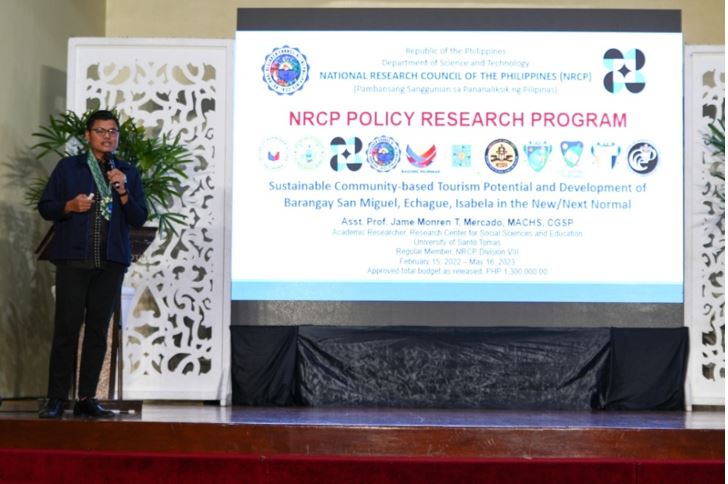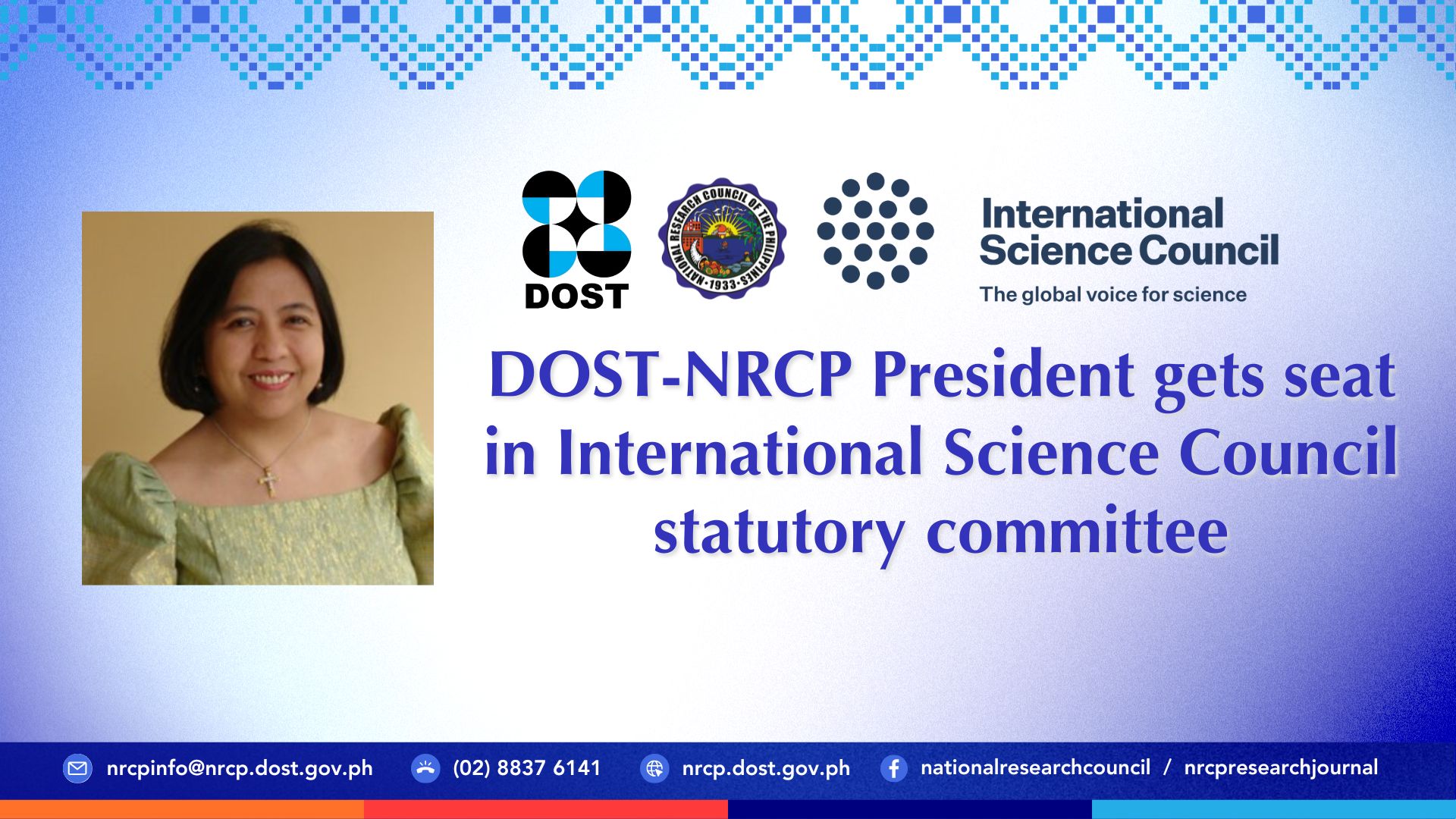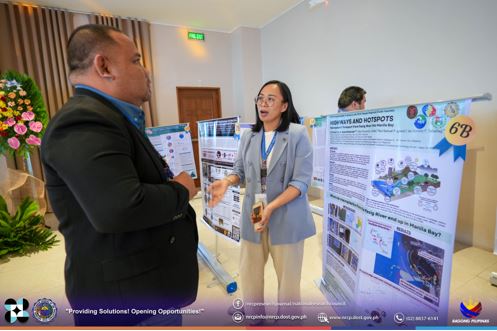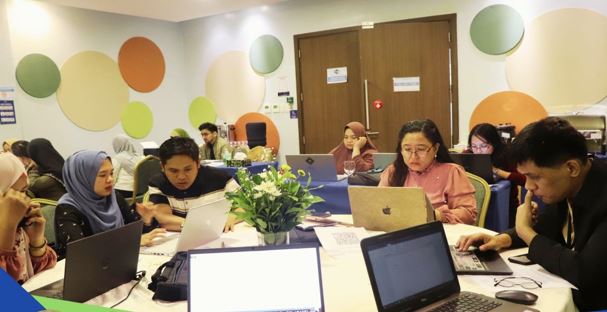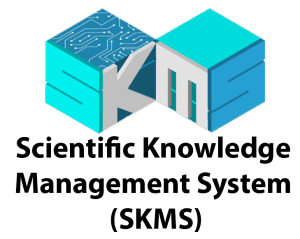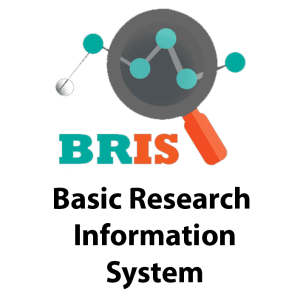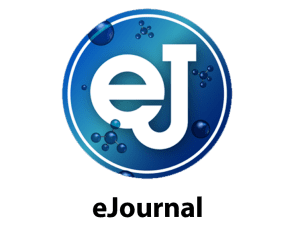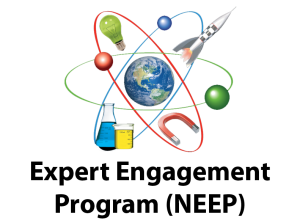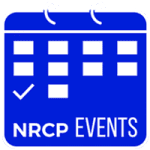Dr. Nelly S. Aggangan, Regular Member of NRCP Division of Agriculture and Forestry took a dauntless move to restore barren land of the cities of Claver and Placer, Surigao as she championed the Greening Mined-out Area in the Philippines (GMAP) Program of the NRCP. With the GMAP Program, she developed a microbial-based protocol that effectively rehabilitate and restore arability of mine tailing areas as microbes enhance carbon capture that reduce heavy metal contamination.

Mining leaves heavy metal residue in the soil, making the land barren. The rehabilitation of mined-out areas has been an international concern in countries such as Canada, USA and Australia, including the Philippines. Mined-out areas are barren land devoid of plants due to various biotic and abiotic factors, like the presence of residual heavy metals.
“The GMAP Program is our way of taking the challenge head-on. Through GMAP, we have successfully rehabilitated mined-out areas by bringing back plant life to these places, as well as getting the local community involved in the process,” the NRCP expert explained.
GMAP falls under the basic research program on Sustainable Communities which is one of the top priorities of the NRCP’s National Integrated Basic Research Agenda (NIBRA). The first GMAP project (Phase 1) was completed from 2015-2018 in a copper gold mined-out and mine tailing dumpsite in Marinduque. The protocol developed in Marinduque is now adapted by the local government units and being replicated in Surigao. Next year onward, this Marinduque Bioremediation Protocol (MBP) (Phase 3) will be studied in the mined–out areas in Sta Cruz, Zambales (Phase 3A), Sta Cruz, Marinduque (Phase 3B), and Toledo, Cebu (Phase 3C).

In photo: Before (left) and after (right) photos of mined-out areas in Claver, Surigao after the bioremediation intervention
The LGU of Mogpog, Marinduque has made a resolution that they will adopt the technology of planting trees in the mined-out areas using the bioremediation protocol.
“Nakikita natin na ang basic research ay hindi lamang pang-publication o pang-journal. Ito ay para rin sa kapakanan ng mga komunidad natin (We can see from this project that basic research is not limited to publication and creation of journal articles but can also contribute to the welfare of our communities),” said Dr. Marieta Bañez-Sumagaysay, former NRCP Executive Director and NRCP Regular Member of Social Sciences Division.

In photo: Dr. Nelly S. Aggangan (left) and Dr. Marieta Bañez-Sumagaysay (right)
The GMAP Program is a relevant and timely effort and a response to rehabilitate mined-out areas by discovering new beneficial microbes in the sites with biofertilizer potentials, selection of appropriate plants for rehabilitation, and the acquisition of new knowledge on heavy metals clean and adsorption.
“This kind of research undertaking is what we really need for translations to policies for adoption by the mining companies in their respective environmental work protection and enhancement programs”, conveyed Mr. Conrado B. Marquez, Center Head of Forest and Wetland Research of DENR Caraga. He is looking forward to the translations of the research results into viable policies and actions from the DENR for application by the mining coverages.
Dr. Aggangan was awarded as one of the 2021 Presidential Lingkod Bayan Awardee for her outstanding commitment to promoting biodiversity, developing significant technologies and breakthrough agricultural projects on biofertilizers and mycorrhizal inoculants with increased tolerance of plants to stress such as drought, high temperature, and heavy metals. (Venus Abigail D. Gutierrez, PA IV)






